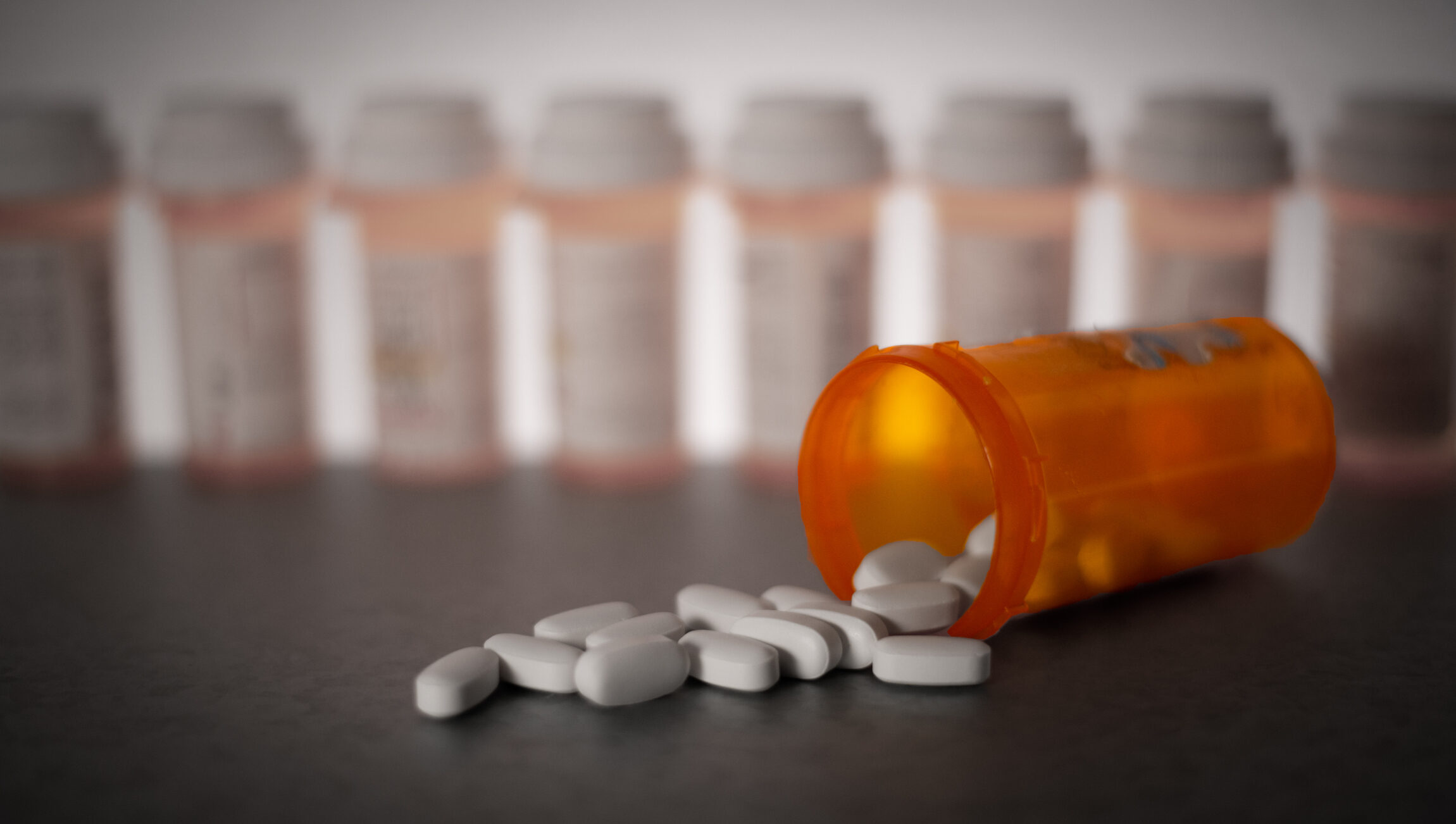© 2024 CSRXP- All Rights Reserved

CSRXP: PUBLIC-PRIVATE PARTNERSHIP WILL HELP DELIVER RELIEF FROM BIG PHARMA’S INSULIN PRICE-GOUGING
May 27, 2020
Coalition Applauds Positive Step from the Administration to Lower Insulin Prices, Encourages Additional Action to Hold Drug Companies Accountable
Washington, D.C. – The Campaign for Sustainable Rx Pricing (CSRxP) welcomed the announcement of a public-private partnership to help lower insulin prices for Medicare beneficiaries Tuesday. The move from the administration will create Medicare Part D health plans with monthly insulin cost sharing capped at $35 per month.
“No American should be forced to ration their insulin or forgo necessities like groceries or rent in order to afford this life-saving medication,” said CSRxP executive director Lauren Aronson. “The public-private partnership announced by the administration is a welcome step to help deliver relief from Big Pharma’s insulin price-gouging.”
“The three Big Pharma companies that dominate 99 percent of the insulin marketplace have engaged in tactics to undermine competition and worked in lockstep to repeatedly hike prices by more than 700 percent,” Aronson continued. “CSRxP applauds the administration’s commitment to lowering prescription drug prices and looks forward to continuing to work with policymakers, on both sides of the aisle, to advance bipartisan, market-based solutions to hold Big Pharma accountable.”
Big Pharma has repeatedly hiked insulin prices at rates far out-pacing inflation, despite little or no improvement to the life-saving drug. Between 1996 and 2006, the price of insulin increased by 700 percent. And in 2016, the average price per month reached $450, leaving one-in-four American patients prescribed this medication struggling to afford it.
Meanwhile, the three largest manufacturers of insulin – Novo Nordisk, Sanofi and Eli Lilly – have engaged in egregious practices to keep prices rising at the expense of American patients. These brand name drug companies control 99 percent of the marketplace and face little competition to drive down prices.
- Novo Nordisk, Sanofi And Eli Lilly “Appear To Have Increased [Prices] In Lockstep Over A Number Of Years, Prompting Allegations Of Price Fixing.” (Tiffany Stanley, “Life, Death And Insulin,” The Washington Post, 1/7/19)
- “When Charted Side By Side, The [Three Manufacturers’] Price Increases Seem To Be In Synch,” Something Known As Shadow Pricing. “In most industries, competition drives down prices. In this case, the competitors appear to increase prices side-by-side – something that’s been referred to as ‘shadow pricing.’ At least three companies – Eli Lilly & Co., Novo Nordisk, and Sanofi Aventis – make and sell insulin. Despite this competition, prices have steadily climbed over the past decade, taking single or double-digit list price increases in a year. A 10-milliliter vial of Sanofi’s long-acting insulin, Lantus, first hit the US market at $34.81 a vial in 2001, according to data from Truven Health Analytics … In other words, the competition seems to have done nothing to push prices down. In fact, when charted side by side, the price increases seem to be in synch.” (Lydia Ramsey, “There’s Something Odd About The Way Insulin Prices Change,” Business Insider, 9/17/16)
- The Price Of A 10-Milliliter Vial Of Eli Lilly’s Humalog Insulin Cost $93 In 2009 But The Same Vial Now Costs $275. “In 2009, the list price for a 10-milliliter vial of Humalog, a fast-acting insulin made by Eli Lilly, was about $93. Today it costs closer to $275.” (Rachel Gillett & Shayanne Gal, “One Chart Reveals How The Cost Of Insulin Has Skyrocketed In The US, Even Though Nothing About It Has Changed,” Business Insider, 9/18/20)
- “Similarly, Novo Nordisk’s Fast-Acting Insulin Novolog Cost Almost $93 For A 10-Milliliter Vial In 2009. Today, It Costs About $290.” (Rachel Gillett & Shayanne Gal, “One Chart Reveals How The Cost Of Insulin Has Skyrocketed In The US, Even Though Nothing About It Has Changed,” Business Insider, 9/18/20)
- “Sanofi’s Popular Insulin Brand Lantus Was $35 A Vial When It Was Introduced In 2001; It’s Now $270.” (Tiffany Stanley, “Life, Death And Insulin,” The Washington Post, 1/7/19)
- Sanofi Has Filed 74 Patent Applications For Lantus. (“Overpatented, Overpriced: Lantus Special Edition,” I-MAK, 11/1/18)
- According To The Initiative for Medicines, Access and Knowledge (I-MAK), Sanofi’s “Lantus Is … Highly Overpatented” For The Purpose Of Being Able To “Preserve And Extend Its Ability To Keep Competition At Bay While Hiking Prices.” “Lantus is also highly overpatented. Though Sanofi’s primary patents on Lantus expired in 2015, the company has filed 70 secondary patent applications in the U.S. – 95 percent of its total – since the drug was first approved and put on the market in 2000. If granted, these additional patents would give Sanofi monopoly protection for up to 37 more years – almost double the duration provided under U.S. law. Why would a pharmaceutical company file so many patents after a drug is already on the market? Quite simply to preserve and extend its ability to keep competition at bay while hiking prices.” (Tahir Amin, “Patent Abuse Is Driving Up Drug Prices. Just Look At Lantus,” STAT, 12/7/18)
Read more on bipartisan, market-based solutions to hold Big Pharma accountable HERE.
